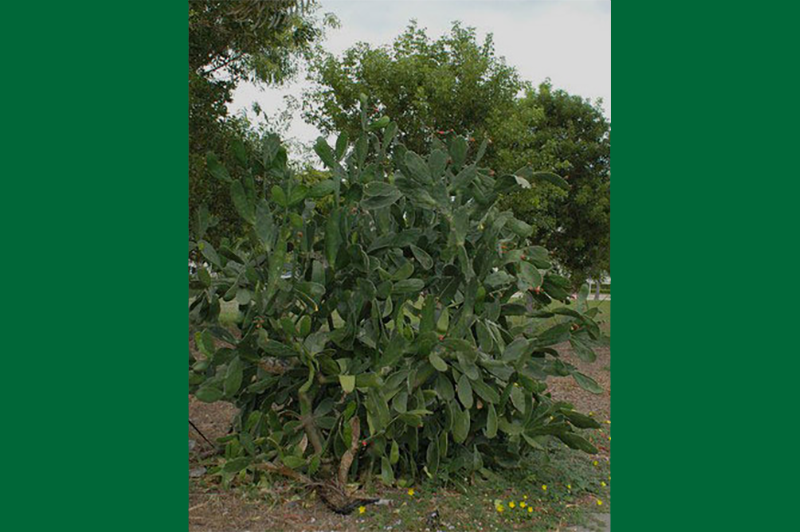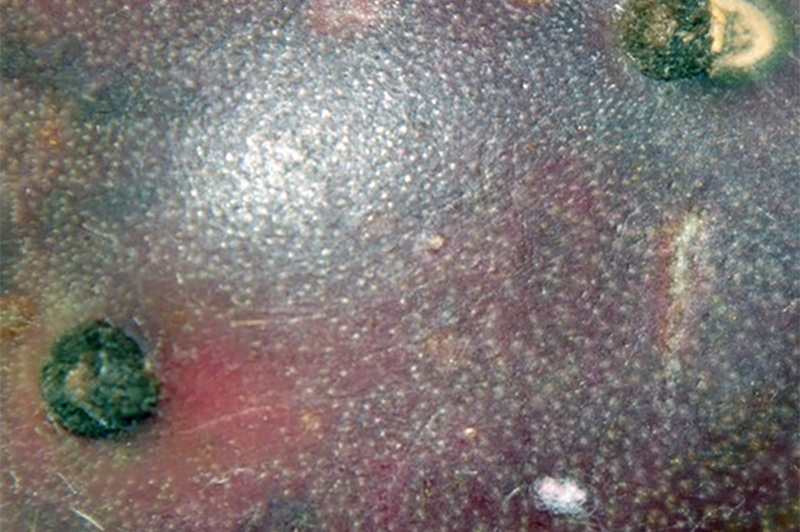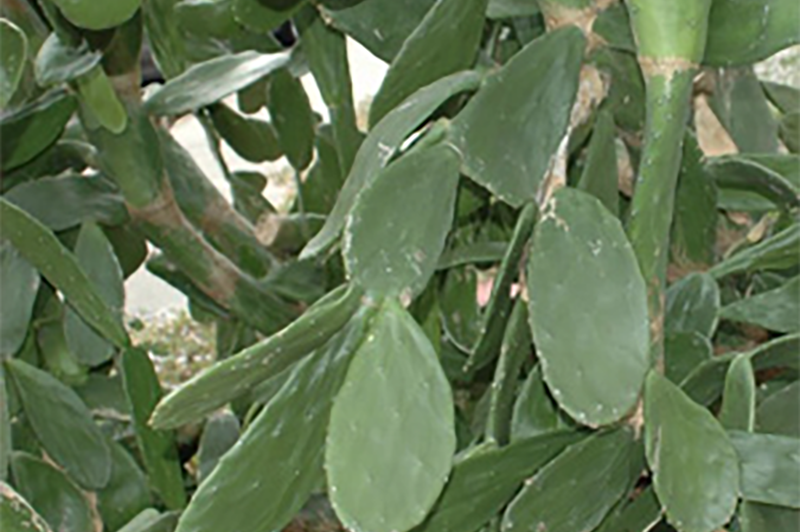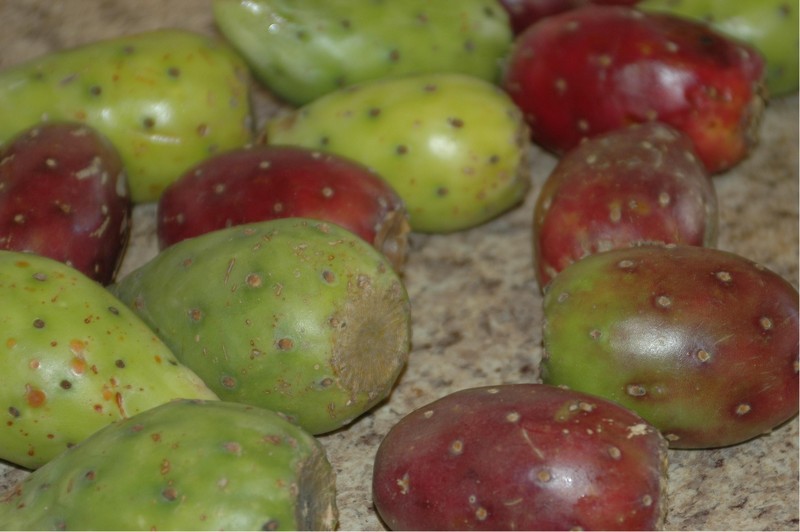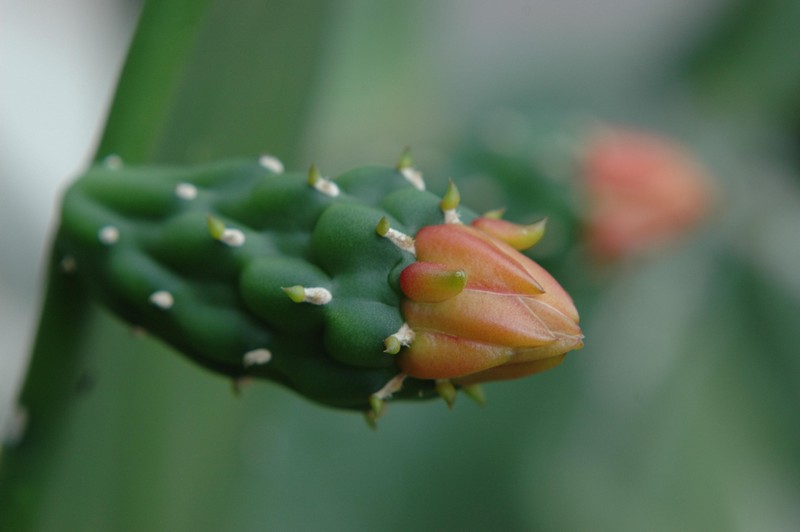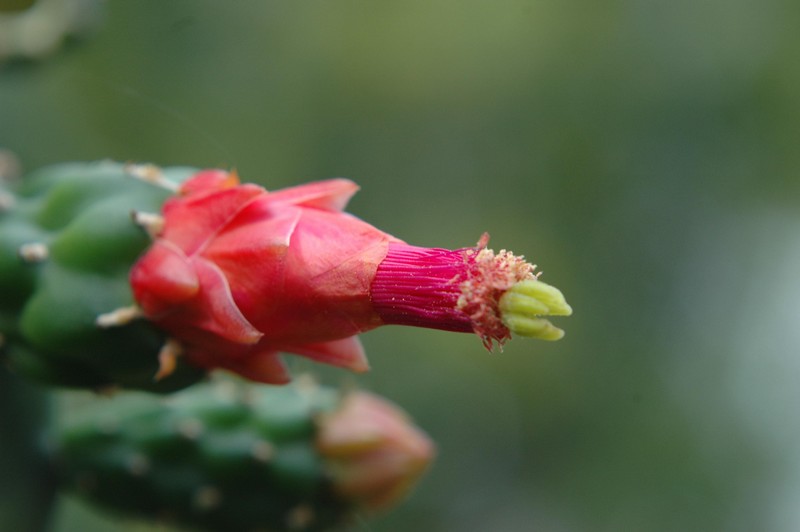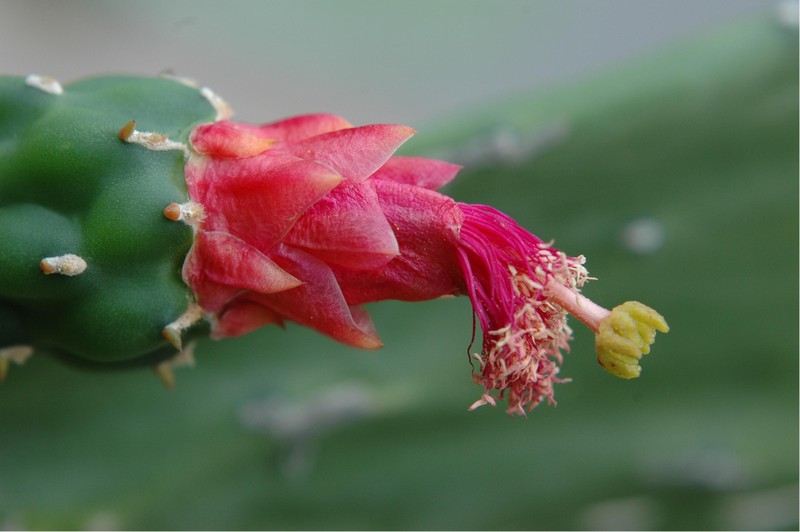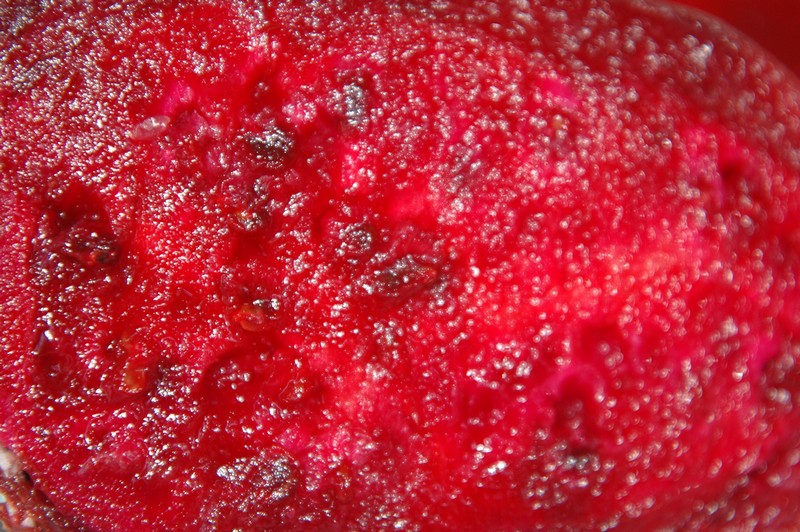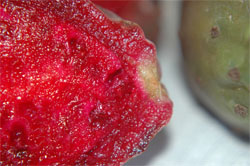So it seems the Aztecs, the Spanish missionaries, and the cowboys alike were smart to use various parts of the prickly pear to cure both chronic joint problems and out on the range accidents. However, a French research scientist, Gilles Gutierrez, believes that prickly pear is much more than a remedy for arthritic joints and thrown out backs. He feels it is the ideal supplement for anyone leading an active life.
At his institute in Malta, Gutierrez established that professional athletes were able to go longer and harder while using a prickly pear extract. Even more importantly, they recovered from strenuous exercise more rapidly when taking the pear.
According to Gutierrez, the key to this action is prickly pears ability to stimulate the production of the bodies’ natural restorative compounds. During stressful exercise the body produces compounds known as heat shock proteins. These compounds help the body heal itself after a work out. The researcher has established that the body synthesizes more heat shock proteins when dosed with his prickly pear extract. (10) His conclusion? To power up a workout and speed recovery from that work out, take regular doses of prickly pear extract.
As our population ages, anti-aging remedies are becoming increasingly important. Here too the pear may make a unique contribution. One of the sad realities of getting older is that we heal less rapidly. When you put your back out at 50 it stays out a lot longer than it did when you were 20. Research indicates that as we age we produce fewer heat shock proteins. Fewer heat shock proteins means slower recovery from exercise or injury. Prickly pear, with its ability to increase heat shock protein production, may put the very thing we need to put the spring back in our step.
Intrigued by these new uses for the pear, I decided to run a little clinical trial on Gutierrez’s prickly pear extract. I gave the extract to a number of non-professional aging athletes who had complained about not having the same recuperative power they once had. My test subjects included a doctor, a management agent, a lawyer, and myself. Our findings? All parties found that after using the extract, we had more energy for a work out and recovered more rapidly from said work out. You know, less soreness, muscle fatigue, weekend quarterback paralysis, etc.
This really brings the story full circle. When I first ran into prickly pear, it was suggested as a tool to increase resistance to strain, in that case, resistance to the heat of the desert summer.
In the world of herbal medicine, plants that increase your general strength and well being are called resistogens. They help the body resist stress. It could be the stress of too much heat, or, the stress of over exertion, mental or physical. The moral of the story is that prickly pear stimulates health and who doesn’t need a touch of that.

